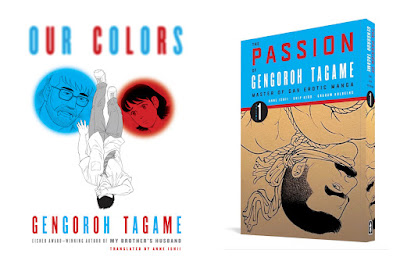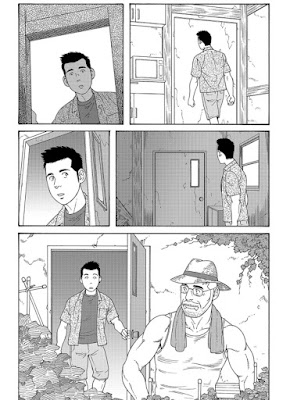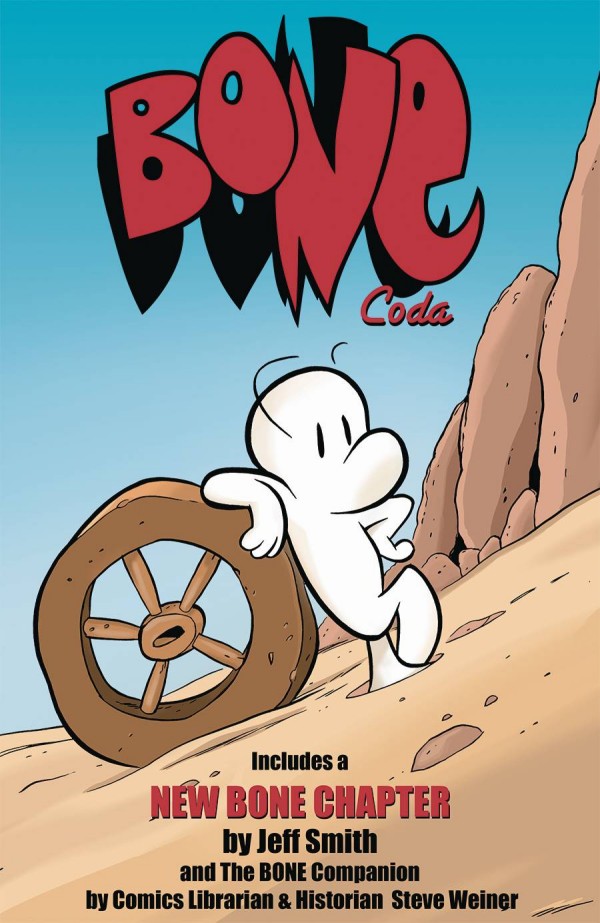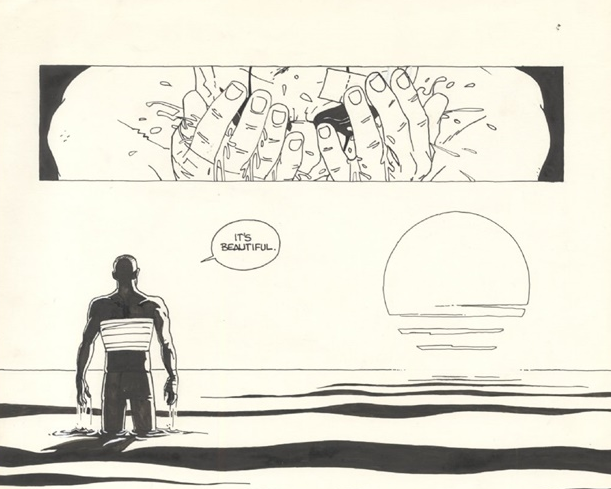The Passion of Gengoroh Tagame | story & art by Gengoroh Tagame | Translator: Vincent WJ Van Gergen Oei | Published by Fantagraphics
June and July sees the publication of two Gengoroh Tagame works. Our Colors and The Passion of Gengoroh Tagame. Tagame made a huge splash when his manga My Brother’s Husband was published in 2017. The manga won an Eisner, and it created quit a bit of buzz. Although Tagame is well known in Japan, he’s always struggled to get publishers in the Europe and North America markets interested in his work.
Some of Tagame’s work has been picked up by Bruno Gmünder and Fantagraphics, but a lot of readers didn’t know of him until My Brother’s Husband was published. Part of that might be because publishers considered Tagame’s work a little too niche. He’s mostly known for producing erotic gay manga. I’ve always been attracted to his art style, but found his erotic stories, which often depict intense and violent scenes of bondage and torture, a bit too much for my delicate sensibilities. I have never been able to finish any of his erotic work, despite multiple attempts. His adult work explores themes of hyper masculinity, sexuality, submission, and in his words the destruction of the Japanese principles of beauty and tradition. [Interview with Anne Ishii for Lambda Literary]. While his all-ages work deals with subjects such as the definition of family, sexuality and acceptance.
The contrast in content between Tagame’s all ages manga and his erotica is quite stark. It’s kind of like if an entrenched death metal artist suddenly put out a K-pop song, and a good K-pop song at that! So how did a hard-core producer of BDSM erotica end up writing all ages manga? As the story goes, Tagame was approached by a Japanese publisher who asked if he would produce a non-erotic manga for a general audience with gay themes. He wasn’t too keen at first, but in 2014 he began the serialization of My Brother’s Husband. As it turned out, he rather liked the process and decided to continue making general audience manga, as well as still producing his signature erotic works.
The contrast in content between Tagame’s all ages manga and his erotica is quite stark. It’s kind of like if an entrenched death metal artist suddenly put out a K-pop song, and a good K-pop song at that! So how did a hard-core producer of BDSM erotica end up writing all ages manga? As the story goes, Tagame was approached by a Japanese publisher who asked if he would produce a non-erotic manga for a general audience with gay themes. He wasn’t too keen at first, but in 2014 he began the serialization of My Brother’s Husband. As it turned out, he rather liked the process and decided to continue making general audience manga, as well as still producing his signature erotic works.
Our Colors is the story of Sora Itoda, a sixteen-year-old aspiring painter who experiences his world in synesthetic hues of blues and reds and is governed by the emotional turbulence of being a teenager. He wants to live honestly as a young gay man in high school, but that is still not acceptable in Japanese society. Sora’s world changes forever when he meets Mr. Amamiya, a middle-aged gentleman who is the owner and proprietor of a local coffee shop and is completely, unapologetically out as a gay man.
Tagame’s style is really what drew me to his work initially. His rendering, especially in his erotic work is sublime. I love his lines and the tension and movement that he creates in his drawings. The image below from his 1987 work, The Judo Teacher illustrates his exquisite rendering technique. The attention to detail is not the same in Our Colors, which makes me a little sad but his distinctive character design is still prevalent. He is known as one of the originators and proponents of the “bear” style of depicting men. Most of his male characters are chunky, muscled men with loads of body hair.
If you are interested in Tagame’s more erotic work, Fantagraphics is publishing a new edition of The Passion of Gengoroh Tagame in two volumes. It expands upon the previous editions published first by Picture Box and then by Bruno Gmünder. The Fantagraphic’s edition collects Tagame’s short and long stories [some previously unpublished in English] as well as essays and an interview with Tagame. Look for it at some point in July 2022. Our Colors will drop June 2022.









